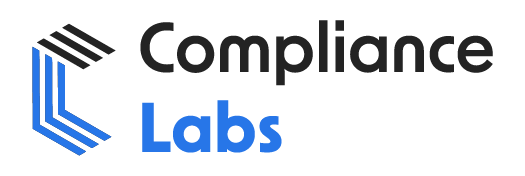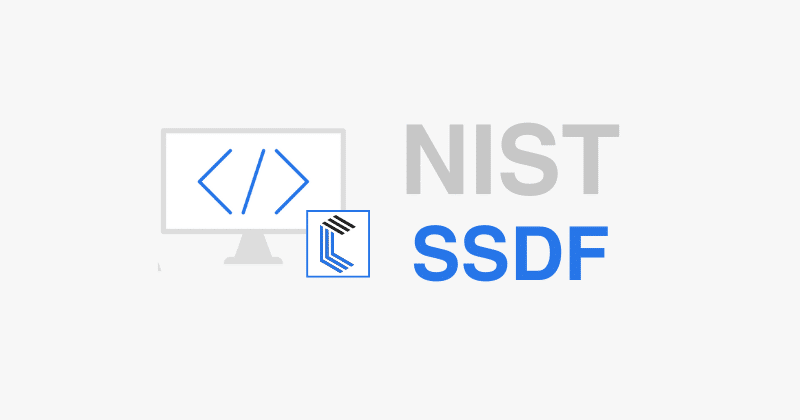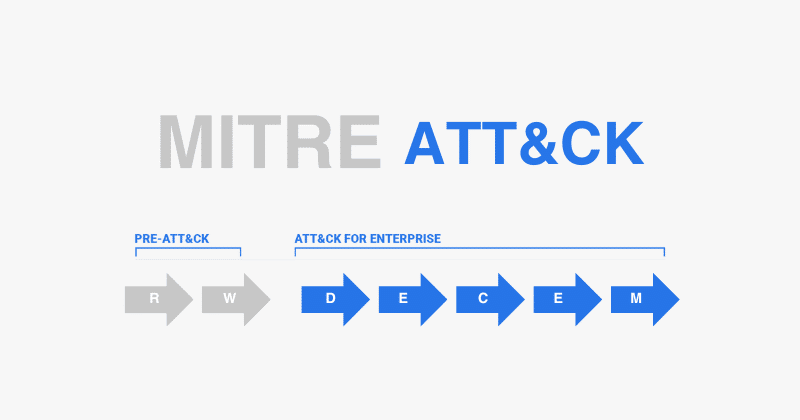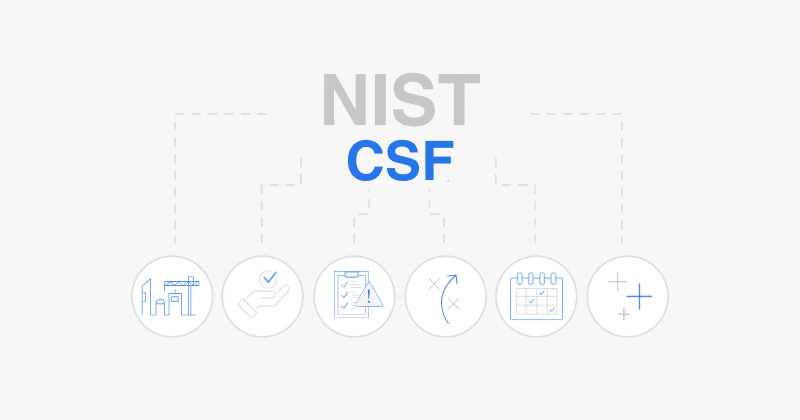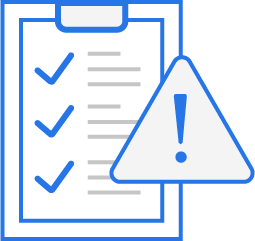Staying current in the rapidly evolving digital environment requires continuous effort, doesn’t it? Unfortunately, the threats targeting our systems are evolving just as quickly. Among the most persistent and damaging challenges are Ransomware & DDoS Risks, which continue to test the resilience of organizations across all sectors. That’s why staying informed is not just helpful — it’s crucial for survival. The latest ENISA Threat Landscape (ETL) report just landed, offering a clear picture of the cyber battleground between July 2023 and June 2024.
The headline? Ransomware and DDoS remain the most prominent and impactful types of cyber threats, causing major headaches for organizations across the EU and beyond. To respond effectively, organizations must not only stay vigilant but also reinforce their foundations — and that starts with solid Audit and Compliance Management practices that support proactive risk mitigation, regulatory alignment, and security resilience.
If you’re a cybersecurity pro or a decision-maker, especially in critical sectors like finance or healthcare, you need to understand these dominant threats. Why? Because knowing your enemy is the first step to building a rock-solid defense. So, let’s unpack the key findings from ENISA, explore the tactics attackers are using, and most importantly, discuss practical ways you can fight back – including leveraging robust compliance frameworks with help from solutions like Compliance Labs.
What the ENISA Threat Landscape Tells Us
Think of ENISA (European Union Agency for Cybersecurity) serves as a central authority for cybersecurity monitoring and analysis in the EU. Their annual ETL report, now celebrating its 20th anniversary, acts as a critical intelligence briefing. By analyzing thousands of real-world incidents using open-source data, it spots the trends and patterns shaping the threat landscape.
This year’s report confirms what many suspected: cyberattacks are escalating, both in how many happen and how varied they are. Geopolitical tensions are contributing to the increase in cyberattack frequency, leading to a noticeable spike in hacktivist activity, particularly around significant events like elections.
But the core finding remains consistent: Ransomware & DDoS Risks dominate the scene, accounting for over half of all incidents ENISA tracked. Data breaches and leaks aren’t far behind. Consequently, protecting organizational continuity and data integrity from these specific threats must be a top priority.
Ransomware Risks: Still a Persistent Menace
Remember ransomware? It’s that nasty attack where criminals lock up your critical data (or threaten to leak it) and demand a hefty payment. While the number of major ransomware attacks seems to have plateaued at a high level (around 1,000 reported incidents per quarter), the way attackers operate has become far more sophisticated.
Think of it like this: Early ransomware attacks were relatively simple, whereas current attacks involve multiple complex phases of extortion.
-
Multi-Extortion is the New Norm: Attackers aren’t just encrypting files anymore. They’re stealing data first, then encrypting, then threatening public release, then launching DDoS attacks against you or even your business partners to pile on the pressure. It’s quadruple extortion, designed to make non-payment incredibly painful.
-
The Big Names Persist: Groups like LockBit, despite major law enforcement takedowns (kudos to Operation Cronos!), are proving stubbornly resilient. They might inflate their victim lists sometimes, but their underlying threat capability remains significant.
-
Motives Can Blur: While money is usually the goal, ENISA notes a rise in attacks where pure disruption, sometimes linked to ideology or state-sponsored agendas, seems to be a key driver.
-
The Cost is High: Beyond the ransom itself, the costs of downtime, recovery, reputational hits, and potential regulatory fines (think GDPR) can be crippling.
Effectively tackling ransomware risks demands layers of defense. Robust, tested backups are non-negotiable (think of it like having a spare tire and knowing how to change it). Furthermore, strict access control and rapid patch management are crucial – exactly the kind of practices embedded in strong compliance frameworks.
DDoS Risks: The Unrelenting Digital Flood
Distributed Denial of Service (DDoS) attacks are less about theft and more about disruption – overwhelming your systems with traffic until they grind to a halt. These were the most frequently reported incidents in the ETL 2024 period.
-
Fueled by Conflict: Geopolitical tensions and hacktivism are major drivers. Groups align with causes or nations, using DDoS as a weapon to disrupt government services, critical infrastructure, and businesses of their perceived enemies.
-
Bigger and Badder: Attacks are increasing in scale. Hyper-volumetric attacks, sometimes leveraging compromised cloud infrastructure (VM botnets), are becoming more common. Remember Google mitigating an attack peaking at 398 million requests per second? That’s the scale we’re talking about.
-
Easier Access: Worryingly, DDoS-for-Hire services mean even unskilled attackers can launch massive disruptions relatively cheaply. While law enforcement is fighting back (Operation EndGame), dismantling this underground economy is a tough ongoing battle.
-
The Smokescreen: Increasingly, savvy attackers use DDoS as a distraction. While your security team is busy fighting the traffic flood, the real attack – data theft or ransomware deployment – might be happening unnoticed elsewhere.
Defending against modern DDoS often requires more than just a good firewall. Specialized mitigation services and solid incident response plans are key to weathering the storm.
The Weak Links: How Attackers Get In
So, how do Ransomware & DDoS Risks actually manifest? Attackers exploit weaknesses:
-
Unpatched Vulnerabilities: This is cybersecurity 101, yet it remains a massive global problem. Attackers love known but unpatched flaws in internet-facing systems (VPNs, firewalls, web apps). Prioritizing patches, especially those on the CISA KEV list, is critical. Think of patching like basic car maintenance – ignore it, and eventually, you’ll break down, likely at the worst possible time.
-
Social Engineering & Phishing: The human element is still a prime target. Phishing emails, BEC scams, malicious attachments disguised as job offers – these are still incredibly effective ways to steal credentials or deliver malware. Modern twists include AI-generated deepfakes and targeted lures via LinkedIn.
-
Identity is the New Perimeter: Stolen credentials, brute-force password attacks (spraying), and finding ways around MFA are go-to tactics. Once inside, attackers escalate privileges to deploy ransomware or take over accounts for DDoS botnets.
Tackling these root causes is fundamental. This means diligent vulnerability management (guided by frameworks like NIST SP 800-40r4), robust identity and access controls (as detailed in NIST SP 1800-9), and creating a security-aware culture through effective training.
Building Your Defenses: Strategies That Work
Fighting back against Ransomware & DDoS risks isn’t about a single silver bullet; it’s about building a resilient, layered defense strategy based on proven frameworks:
-
Know Your Assets (Asset Management – NIST SP 1800-5): Seriously, you cannot protect what you don’t know exists. Comprehensive ITAM is step zero. Understand what hardware, software, firmware, cloud instances, and OT/IoT devices you have, where they are, who owns them, and how critical they are. Internal Link: [Explore how Compliance Labs supports Asset Management]
-
Patch Diligently (Vulnerability Management – NIST SP 800-40r4): Treat patching like essential preventative maintenance. Have a risk-based plan for routine and emergency patching. Don’t let critical updates languish.
-
Control Access Tightly (Access Control – NIST SP 1800-9): Enforce least privilege religiously. Use strong, phishing-resistant MFA. Implement PAM solutions for sensitive accounts. Segment your network to limit blast radius.
-
Backup Like Your Business Depends On It (Because It Does): Regular, offline/immutable, and tested backups are your ransomware recovery lifeline. Practice the 3-2-1 rule (3 copies, 2 media types, 1 offsite).
-
Invest in DDoS Mitigation: For most, specialized services are needed to absorb large-scale attacks.
-
Empower Your People (Security Awareness): Equip your employees with the skills to detect and respond to social engineering threats. Train them continuously to spot phishing and social engineering. Make reporting suspicious activity easy and encouraged.
-
Plan for the Worst (Incident Response): Have specific, tested playbooks for both ransomware and DDoS incidents. Know who does what, when, and how.
Conclusion: Proactive Resilience is Non-Negotiable
The ENISA ETL 2024 report is a clear call to action. Ransomware & DDoS risks aren’t going away; they’re adapting, becoming more sophisticated, and leveraging global instability. Complacency is not an option.
Building true resilience requires a strategic commitment that goes beyond just buying the latest security tool. It means embedding cybersecurity hygiene into your organizational DNA – starting with complete asset visibility, enforcing strict access controls, maintaining diligent vulnerability management, and ensuring robust incident preparedness. Frameworks provide the map, but effective implementation requires the right tools and processes. Don’t wait for the next attack to highlight your weaknesses.
Ready to strengthen your defenses against today’s top cyber threats like Ransomware & DDoS? See how Compliance Labs can streamline your compliance and fortify your security posture.
